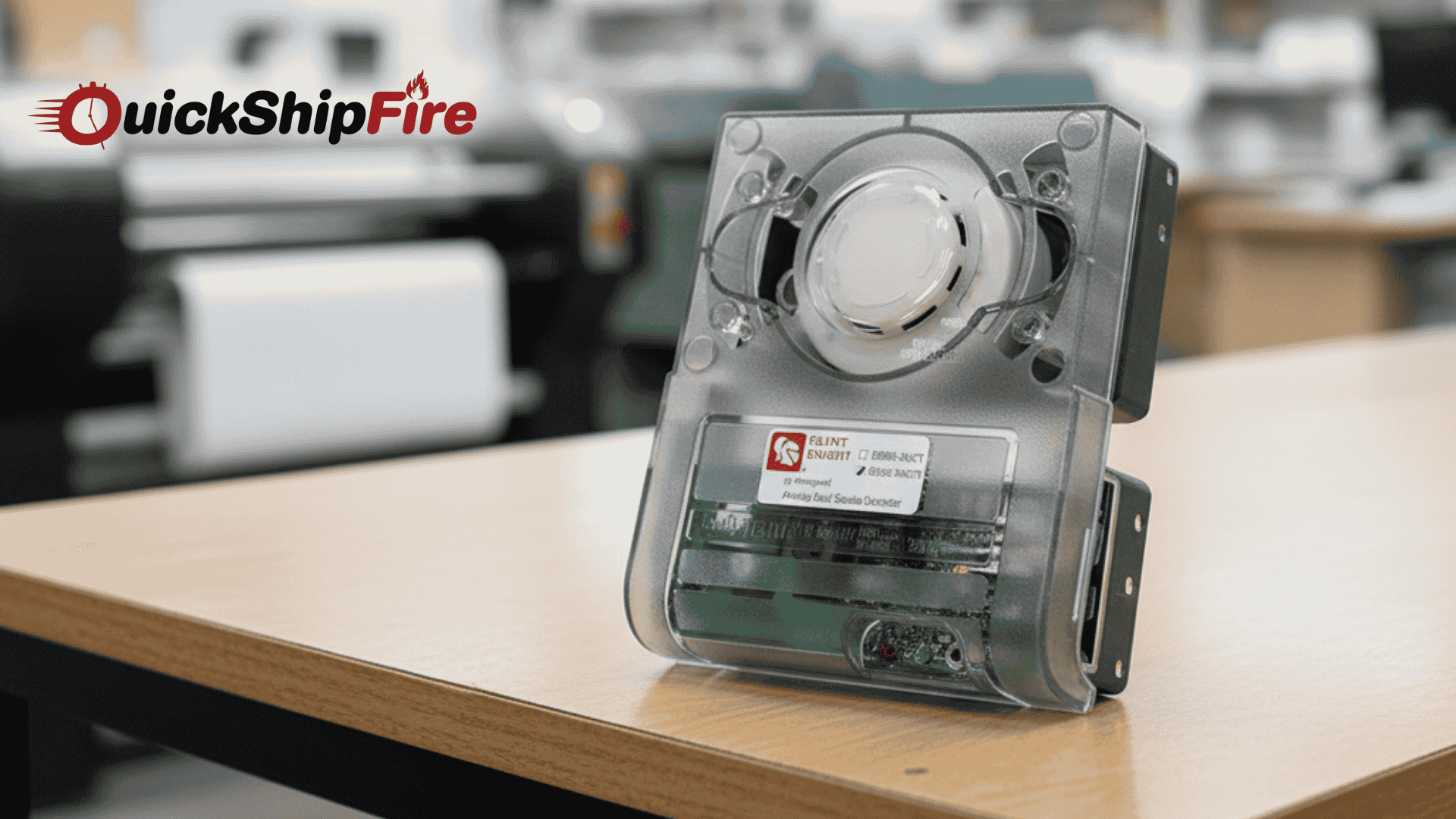Introduction
Every commercial building you walk into — hospitals, malls, schools, even the small office spaces — they all run on HVAC systems. That’s what keeps the air cool, warm, and comfortable. But here’s the problem… when a fire breaks out, smoke doesn’t just stay where it started. It moves through those same ducts, spreading quickly and quietly to other parts of the building.
And this is exactly why duct smoke detectors exist. They aren’t just some optional gadget that engineers tack on — in most places, building codes literally require them. But why is that? What makes them so important that it’s written into law? Let’s dive into that.
What Are Duct Smoke Detectors Anyway?
How They Work
Think of them like guards stationed inside your HVAC ducts. Their whole job is to watch the airflow. The second they sense smoke, they react automatically. That can mean:
- shutting down fans,
- closing dampers,
- sounding alarms,
- or even sending a signal to the main fire system.
All of that happens before smoke has a chance to spread through the ventilation system.
Types You’ll See Around
- Photoelectric (the most common)
- Ionization
- Combination / Multi-criteria
Newer units even come with test switches, little indicator lights, and options for remote monitoring. Basically, they’re smarter than ever.
Why Duct Smoke Detectors Are So Important
1. Smoke Travels Faster Than You Think
Unlike fire, smoke doesn’t make a dramatic entrance. Sometimes it’s invisible, sometimes it’s quiet — and within minutes, it can move to another floor of the building through the HVAC ducts. Imagine a fire starting in a basement and the smoke reaching a hospital ward upstairs before anyone even smells it. That’s the “silent threat” these detectors are designed to stop.
2. The Building Codes Don’t Give You a Choice
Most national and international fire codes — like:
- NFPA 90A (air-conditioning and ventilating systems),
- International Building Code (IBC),
- Plus your local amendments —
all of them specifically mention duct smoke detectors if the airflow is above a certain rate (usually 2,000 CFM or more).
Skip it, and you’re asking for trouble. Failed inspections, fines, or even insurance claims denied after a fire… none of that is worth it.
3. They Work with Your Fire Alarm System
Here’s the cool part. Duct smoke detectors don’t just beep at you. They link right into your fire alarm system and take action automatically. Fans stop. Dampers close. Smoke stops moving around. That extra layer of automation buys people valuable evacuation time.
Where Do You Install Them?
Placement is not random. They’re usually put:
- On the return air side of the HVAC unit,
- On supply ducts when airflow is more than 2,000 CFM,
- Near the air-handling unit (AHU).
Technicians follow spacing rules, install access panels, and use sampling tubes according to code. So, it’s not a “just slap it anywhere” kind of job — the building layout decides where they go.
Common Installation Mistakes to Avoid
Even though they’re required, duct smoke detectors can be useless if installed wrong. Some big mistakes include:
- Putting them in the wrong spot inside the duct.
- Poor sealing (leads to false alarms).
- Forgetting an access panel for testing.
- Installing sampling tubes the wrong way.
Bottom line? Don’t DIY this. Certified pros know exactly how to get it right.
Maintenance: Not Optional Either
Like everything else in a fire system, duct detectors need regular care. According to NFPA:
- Functional testing at least once a year.
- Visual inspection every 6 months.
- Cleaning whenever dirt builds up.
Neglecting maintenance doesn’t just weaken your safety net — it can get you in trouble during inspections.
FAQs
Q1: Do homes need duct smoke detectors?
Nope, not usually. These are for commercial and larger multi-unit buildings. Your single-family home doesn’t need them.
Q2: How are they tested?
Technicians simulate smoke conditions using special tools. Some units have test ports built in, but many still need professional testing.
Q3: Can they give false alarms?
Yes, especially if the installation was sloppy or filters are clogged. That’s why good installation and routine maintenance matter.
Q4: Do I need detectors on both return and supply ducts?
Depends on your HVAC system and your local codes. Bigger systems (above 2,000 CFM or multi-zone setups) often require both.
Conclusion
Codes might feel like boring paperwork, but they’re built on real safety data. Duct smoke detectors are proof of that. In a big building, fire and smoke can move faster than people realize. Without these detectors, you’re putting both lives and property at serious risk.
Ignoring them can also mean legal problems, fines, or even losing insurance coverage after an incident. On the flip side, having them in place — and properly maintained — gives you one less thing to worry about.
So, if your building doesn’t have duct smoke detectors yet, or if they haven’t been checked in years, 2025 should be the year you fix that. Stay compliant, stay safe, and make sure smoke never gets the chance to move silently through your HVAC system.

